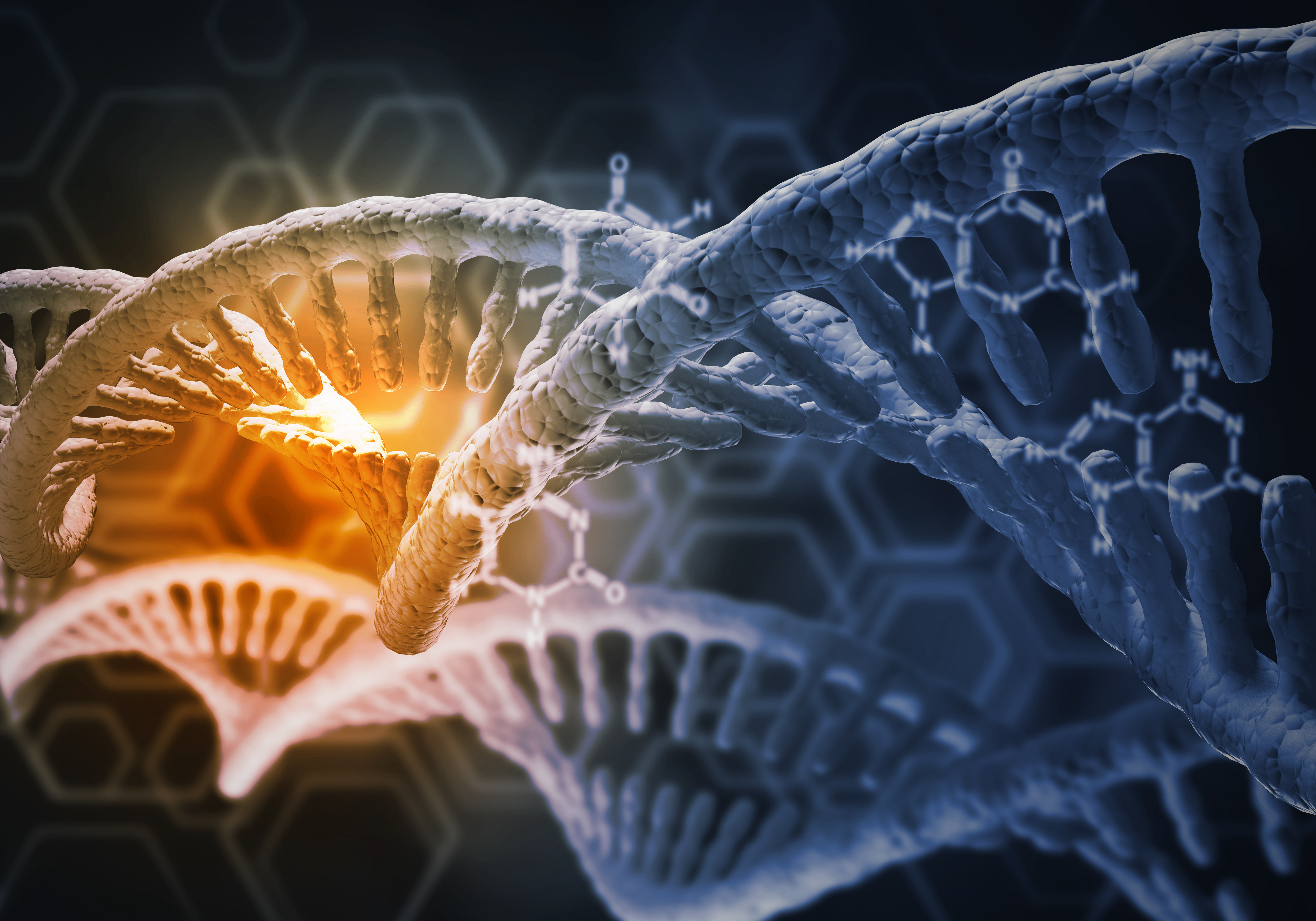Review Highlights Gene Therapies That Greatly Improve Potential for Cure

The science behind viral gene therapy — which may hold a potential cure in a single treatment for genetic diseases such as aromatic l-amino acid decarboxylase (AADC) deficiency — was highlighted in a recent review.
The study, “Current Clinical Applications of In Vivo Gene Therapy with AAVs,” was published in Molecular Therapy.
Diseases caused by genetic mutations affect about one in every 10 people in the U.S. For example, AADC deficiency is caused by mutations in the DDC gene, which encodes for the AADC enzyme.
The idea behind gene therapy for genetic diseases is to deliver a non-mutated version of the mutated gene to a patient’s affected cells. In theory, this could reduce or even eliminate symptoms over a lifetime with just one dose of a treatment.
While such therapies once “appeared as an impossible dream,” the researchers wrote, “this dream is now a reality: gene therapy greatly improves the outlook for currently incurable hereditary diseases!”
In the review, a team of researchers summarized developments that have been made in pursuit of gene therapies for several diseases, including AADC deficiency.
They specifically focused on gene therapies that use adeno-associated virus (AAV) as a vector to deliver a functional gene. AAV is well-suited for use as a gene therapy because it has evolved the capability to inject genetic material into cells, but does not cause human diseases — so it is generally considered safe for use.
Additionally, genes injected into cells by AAV don’t integrate into the genome, meaning it doesn’t change the cell’s pre-existing DNA.
Some AAV-based therapies have received regulatory approval. For example, an AAV-based gene therapy for the hereditary neurological condition spinal muscular atrophy was approved by the U.S. Food and Drug Administration (FDA) in 2019.
An AAV-based gene therapy, called VY-AADC, that delivers the genetic information of the AADC enzyme to the brain was originally developed for the treatment of Parkinson’s disease.
In Parkinson’s, levels of dopamine in the brain are abnormally low. The AADC enzyme is involved in the production of dopamine, so the thought was that this gene therapy might increase dopamine in the brain and, in doing so, ease Parkinson’s symptoms.
In early Parkinson’s clinical trials, the investigational gene therapy showed promise, with data indicating it increases levels of AADC enzyme in the brain and improves motor outcomes. Safety data were also promising in early studies in Parkinson’s patients, although “larger, well-controlled studies are needed,” the researchers wrote.
Promising early results in Parkinson’s patients prompted investigators to test a similar therapy — called PTC-AADC (previously GT-AADC and AGIL-AADC) and developed by PTC Therapeutics — in AADC deficiency.
An initial clinical trial tested the gene therapy in four people with AADC in Taiwan. Prior to treatment, all four patients were bedridden, lacked head control, and were unable to speak. Oculogyric crisis (abnormal movements of the eyes into a fixed position, typically upwards) occurred every two to three days, and caregivers reported irritability and abnormally high body temperatures.
The four participants were given the gene therapy by injection directly into the brain, and were followed for two years. All four patients experienced improvements in motor function and cognition, and caregivers reported less irritability and more stable body temperatures.
Biomarker data indicated increased dopamine production, and safety data were generally positive. Two of the participants experienced temporary dyskinesia (impaired voluntary movement).
Following these results, a Phase 1/2 clinical trial (NCT01395641) was conducted at the National Taiwan University Hospital. In the trial, 10 people with AADC deficiency, 2 years and older, were treated with PTC-AADC.
One participant died from unrelated causes. The remaining nine experienced “remarkable improvements in motor functioning,” the researchers wrote.
Additional early clinical trials have generally shown similarly beneficial results. For example, a presentation covering data from the Taiwanese and two other open-label trials (NCT02926066 and NCT02852213) indicated that the gene therapy reduced the frequency of oculogyric crises, and improved motor function and cognition in 28 children (ages 21 months to 8.5 years) with AADC deficiency.
Based on these positive findings, PTC Therapeutics is planning to seek FDA approval of PTC-AADC in the near future. An application seeking approval in the European Union is currently being reviewed.
PTC recently announced that it was preparing to launch the gene therapy, pending regulatory approvals.






